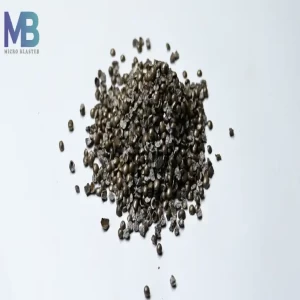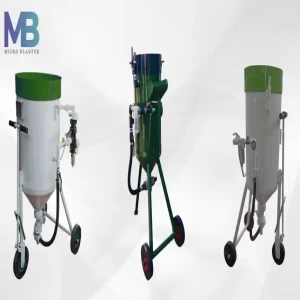Search

HVOF vs Chrome Plating
Fuel gases (often hydrogen or propane) and oxygen are used to accelerate the particles to high speeds, generating a supersonic jet that strikes the substrate's surface. The particles stick to the substrate, creating a thick covering with a strong connection.

Fuel gases (often hydrogen or propane) and oxygen are used to accelerate the particles to high speeds, generating a supersonic jet that strikes the substrate's surface. The particles stick to the substrate, creating a thick covering with a strong connection.
The particles' high kinetic energy guarantees a solid connection with the substrate. Coatings with low porosity and good integrity are produced by the technique. HVOF coating are renowned for their extraordinary resistance to wear and abrasion.
HVOF vs Chrome Plating Coatings
HVOF coatings provide a fair level of resistance to corrosive conditions, depending on the coating substance. HVOF is appropriate for a variety of applications due to the fact that different materials may be utilized as coating powders. Electroplating a thin coating of chromium onto a metal substrate is the process of chrome plating, sometimes referred to as chromium plating. In order to complete this procedure, the substrate must be submerged in an electrolytic bath containing a chromium salt solution. Chromium ions in the solution are reduced and deposited onto the surface of the substrate when an electric current is applied, creating a consistent coating of chromium.
A hard surface layer that offers resistance to wear and abrasion is produced by chrome plating. Because of its brilliant and reflecting surface, chrome plating is frequently utilized in ornamental applications. Because chromium resists corrosion naturally, it helps shield the underlying substrate from environmental harm. The aesthetic of the coated object can be improved by chrome plating, which can provide a polished, smooth surface.
While chrome plating is an electrochemical process that requires the deposition of chromium ions from an electrolytic solution, HVOF is a thermal spray coating method that involves the high-speed deposition of particles onto a substrate. Compared to the comparatively thin layers of chrome plating, HVOF coatings are frequently thicker. While chrome plating is utilized in a variety of industries, including the automotive, aerospace, and aesthetic industries, HVOF coatings are frequently employed in industrial applications where wear and corrosion resistance are crucial. While there are other materials that may be used to create HVOF coatings, chrome plating primarily entails depositing a layer of chromium.
Although both HVOF coating and chrome plating are effective methods for enhancing the functionality and look of surfaces, there are differences between them in terms of their procedures, intended uses, and properties of the final coatings. The option that is best for the application at hand will depend on its particular needs.
Hard Chrome Plating and HVOF Spray Coatings
Metals, ceramics, and composite powders are just a few of the materials that may be used to apply HVOF coatings, allowing for customization depending on particular needs. Depending on the demands of the application, HVOF coatings can be applied in a variety of thicknesses, ranging from noticeably thinner coatings to those that are considerably thicker. Because the particles have high kinetic energy upon impact, HVOF coatings have good adherence to the substrate. Strong bonding and fewer opportunities for delamination result from this.
Low porosity and high density are common characteristics of HVOF spray coatings, which make them more dense and more resistant to wear and corrosion. High hardness is a characteristic of HVOF coatings that contributes to their remarkable wear resistance and durability in demanding settings. As a result of their high wear resistance and ability to survive abrasive conditions, thermal spray booth is appropriate for use in applications involving saving material, low sound, erosion, and abrasive wear.
By using an electrochemical method, chrome plating entails depositing a coating of chromium onto the substrate. The main component of the coating is chromium metal. For applications needing precise tolerances, chrome plating might be useful since it often produces relatively thin coatings. When properly prepared and coated, chrome plating gives strong adherence. Due to the various application methods, it might not attain the same level of adherence as HVOF spray coatings.

